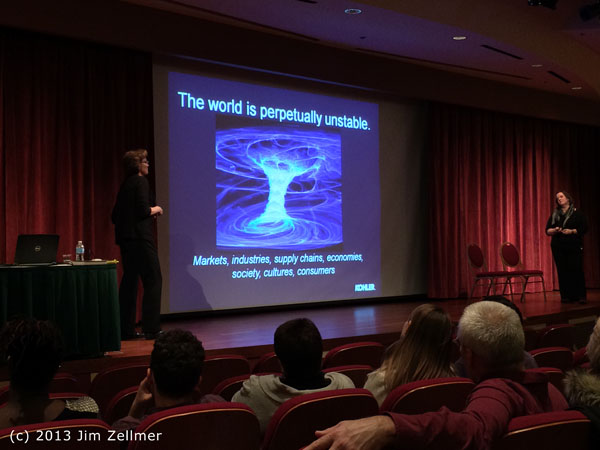Human interaction is one of the many gifts that travel bestows. Random, unplanned conversations are truly a blessing with wisdom as a dessert.
And so it was while changing planes recently, that I happened upon a 60+ year young shoeshine expert. This man had been through a difficult job change and recently returned to work shining shoes.
Beginning to work on my 24 year old Allen Edmonds wing tips (great value), he looked up and asked how I became “successful”? I could only reply that God has blessed me with abundance. I have been given a fabulous family, health and wonderful smart colleagues.
Continuing to work diligently on my shoes, he added “most people say that they are lucky.”
“But, I know, that God gives it all to us. We may not always understand why, but “every good and perfect thing comes from above“.”
He continued that after this unplanned job change, he went back to several former shoe shine customers who gladly gave him their business again.
I had a similar conversation with a shoeshine family several years ago. They were some of the most friendly and generous people I’ve encountered while on travel.
This brief conversation came streaming back into my mind after chatting with a friend who is fully recovered from heart difficulties. I replied to this good news with a “Thank God”. My friend thanked medicine. To me, it all originates with God’s grace.
What a blessing it is to travel.
